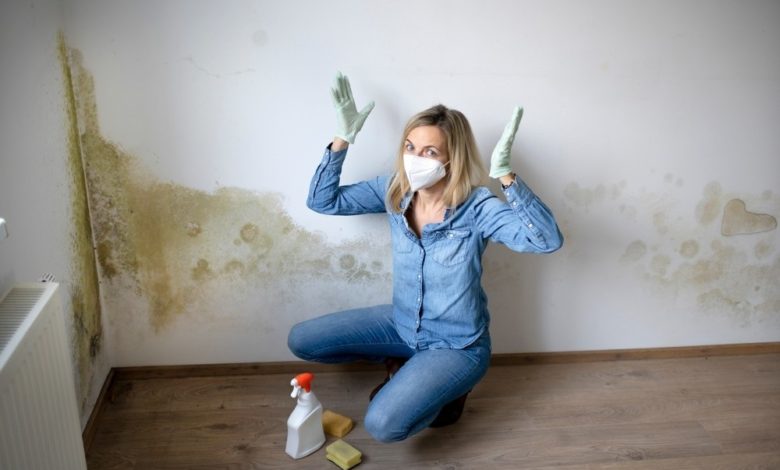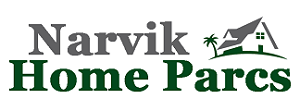Is mold removal safe after water damage?

Mold spores are microscopic and airborne, so inhaling or touching mold can cause allergic reactions, respiratory issues, and other health problems. That’s why it’s critical to have mold removed by a professional water damage restoration company as soon as possible after water damage occurs. The first step is to have a trained technician inspect the water-damaged areas for mold growth. They will determine the extent of the mold colonization and which surfaces need remediation. Be sure to hire a reputable company that follows IICRC (Institute of Inspection, Cleaning and Restoration Certification) guidelines for mold assessment.
Isolating the work area
Before starting the actual mold removal process, the affected areas will be isolated from the rest of the home. The technician will seal off doorways, vents, and any other openings with plastic sheeting to prevent cross-contamination or the spread of mold spores to other areas. Proper containment is crucial for safe mold remediation.
Protective gear
The technicians doing the mold removal should wear appropriate personal protective equipment (PPE) such as respirators, goggles, disposable gloves, and coveralls. It protects them from inhaling mold spores or getting mold on their skin while working. You and your family should avoid the contained work area during the project to avoid exposure.
Removal methods
There are a few methods professionals use to safely remove mold:
- Wet-vacuuming– This involves vacuuming up mold with a HEPA filter wet vacuum that contains and extracts mold.
- Scrubbing-Moldy surfaces are scrubbed with detergent and rinsed to remove mold residue.
- Sanding- In some cases, surfaces like wood may need sanding to get down to mold-free layers.
- Demolition– Porous materials like drywall and carpet that are extensively moldy need removal and disposal.
The method depends on the extent of mold growth and the type of surface. A combination of methods is often required. Proper PPE and containment procedures should be used throughout the removal process.
Antimicrobial treatment
After physical removal, an antimicrobial agent is often applied to treat the remaining mold and prevent regrowth. Commonly used antimicrobials include hydrogen peroxide, vinegar, Concrobium, and more potent commercial products. The solutions are applied according to the manufacturer’s instructions. Proper ventilation is necessary when using strong antimicrobials take a look at the site here www.damagecontrol-911.com.
Post-remediation verification
Once mold removal is complete, the company should use various methods to verify the areas are mold-free. It may involve visual inspection, air testing, surface sampling, and moisture level testing. The containment area is also cleaned and decontaminated before removal. Post-remediation verification ensures mold is eliminated. The goal of professional mold remediation is to completely remove mold and correct the source of moisture that led to its growth in the first place. Stopping water intrusion prevents future mold growth. Part of the remediation process may involve water extraction, structural repairs, and dehumidification.
Professional mold removal is safe
When performed by trained professional following industry guidelines, mold remediation is a safe process. Containment, PPE, and proper removal techniques protect homeowners and technicians from mold exposure. Post-remediation testing also confirms the air and surfaces are mold-free after project completion. Mold only is eliminated safely when handled by qualified specialists. So turn to a professional water damage restoration company at the first sign of mold. They have the expertise, tools, and techniques to conduct mold remediation safely and effectively.

